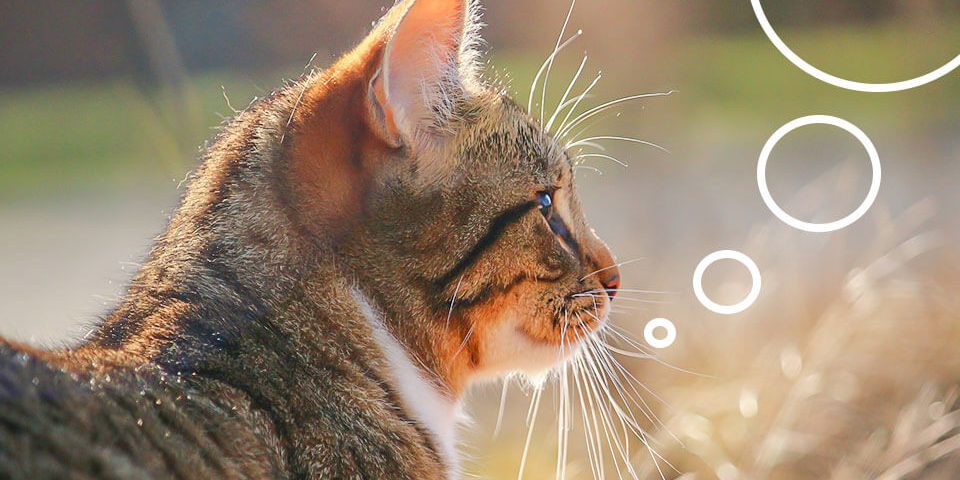
Water Bowl
July 3, 2022from Wikipedia
Symptoms
U sually symptoms of cerebellar hypoplasia can be seen immediately at birth in cats, but sometimes can take two months or so to become apparent in dogs. Cerebellar hypoplasia causes jerky movements, tremors and generally uncoordinated motion. The animal often falls down and has trouble walking. Tremors increase when the animal is excited and subside when at ease.
Causes
There are several bacterial infections and viral infections such as feline panleukopenia, caused by feline parvovirus,[1] that can result in the disorder in both cats and dogs. However, the disease can also be caused by malnutrition, poisoning, injury, or general accidents during development in the fetus.
Prognosis
The disease does not get better or worse with age, but the cat or dog can usually learn to somewhat compensate for it and should have a normal lifespan. Most afflicted animals can lead a fairly normal life if special considerations for the animal's disability are taken by the pet's owner.
An additional, more technical definition for veterinarians can be found at About.com

